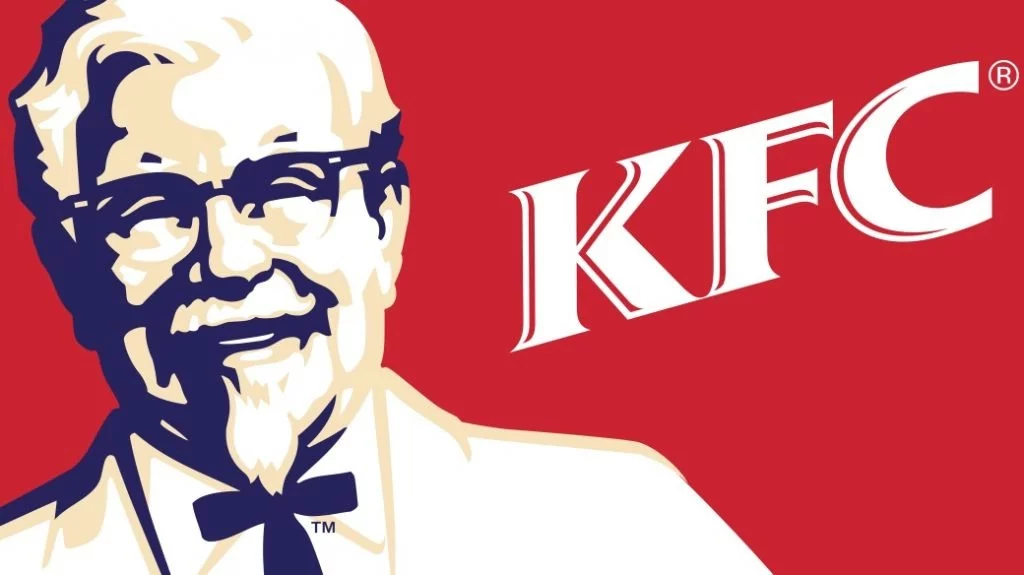Table of Contents
introduction
In the world of fast food, brand identity and customer engagement are crucial for maintaining a competitive edge. KFC, renowned for its finger-lickin’ good chicken, has consistently pushed the boundaries of marketing to sustain its iconic status. One of the most audacious and eyebrow-raising initiatives in recent years has been the concept of the “KFC Fleshlight.” This provocative idea, blending fast food with adult entertainment, has generated significant buzz, both positive and negative, in marketing circles.
Understanding the KFC Fleshlight Concept

The KFC Fleshlight concept, though not officially endorsed by KFC, suggests a branded adult toy leveraging KFC’s distinctive imagery and perhaps even scents. Imagine a Fleshlight designed to look like a KFC bucket or drumstick, possibly emitting the aroma of fried chicken. This extreme form of sensory branding takes the idea of immersive brand experiences to a new level.
Sensory Branding The Next Frontier

Sensory branding focuses on engaging multiple senses to create a more profound and memorable consumer experience. Traditional sensory branding in the food industry involves appealing to taste, smell, and sight. However, the KFC Fleshlight concept pushes the envelope by potentially engaging the senses in unexpected and intimate ways.
Sight
The visual design of a KFC Fleshlight would need to be instantly recognizable, incorporating the red and white colour scheme, the Colonel Sanders logo, or the iconic shape of KFC packaging. Visual cues are powerful in brand recognition and loyalty, making this an essential aspect.
Smell
One of KFC’s most distinctive features is the aroma of its fried chicken. A KFC Fleshlight could be designed to emit a subtle scent of KFC’s secret blend of herbs and spices, creating a unique and memorable sensory experience. The association of smell with brand identity is well-documented, with research showing that scents can significantly enhance brand recall.
Touch
The texture and material of the Fleshlight are crucial to the user experience. While the primary function would remain, the exterior design could mimic the tactile sensation of KFC packaging, providing a multi-layered sensory experience that reinforces the brand in a novel way.
Potential Implications for Branding
The KFC Fleshlight represents a form of guerrilla marketing that thrives on shock value and virality. By venturing into the adult toy market, KFC would not only capture the attention of a broader audience but also spark conversations about boundaries in marketing.
Brand Differentiation
In a saturated market, standing out is key. The KFC Fleshlight would undeniably set KFC apart from competitors. While the initial reaction might be shock or amusement, it could lead to increased brand visibility and recall.
Market Expansion
This unconventional approach could open up new market segments, as adult toys have a substantial market, and tapping into this could diversify KFC’s consumer base. It also shows a willingness to innovate and break from tradition, appealing to younger, more adventurous consumers.
Controversy and Risk
Aligning a family-friendly brand with an adult product carries significant risk, as it could alienate loyal customers and attract criticism from conservative groups. Despite these risks, controversy often fuels publicity, and managing the narrative could turn potential negatives into a bold statement about brand evolution.
Memetic Marketing
In the age of social media, memes and viral content are powerful marketing tools, and the KFC Fleshlight is inherently meme-worthy, with the potential to dominate social media discussions and generate free publicity. This type of engagement can enhance brand equity and foster a sense of community among consumers.
Future of Sensory Marketing
The KFC Fleshlight concept highlights the future potential of sensory marketing. Engaging consumers in multi-sensory experiences can create deeper emotional connections and enhance brand loyalty. As technology evolves, we can expect more brands to explore innovative ways to engage all five senses.
Virtual Reality (VR) and Augmented Reality (AR)
These technologies can create immersive brand experiences that engage multiple senses simultaneously. Imagine a VR experience where you not only see and hear a KFC restaurant but also smell the fried chicken and feel the textures of the packaging.
Enhanced Packaging
Future packaging might integrate sensory elements like scents or textures that change upon interaction. This can create a memorable unboxing experience that reinforces brand identity.
Personalised Sensory Experiences
Advances in AI and machine learning could enable brands to tailor sensory experiences to individual preferences. For example, a personalised scent profile for a product based on a consumer’s past behaviour and preferences.
Interactive Installations
Physical spaces, such as pop-up shops or experiential stores, can use sensory elements to create an immersive brand environment. These installations can combine visual, auditory, and olfactory elements to create a cohesive and memorable experience.
Conclusion
The idea of a KFC Fleshlight is provocative and polarising, but it encapsulates the potential of sensory branding in a unique way. By engaging multiple senses, brands can create deeper connections with consumers and stand out in a crowded marketplace. While the KFC Fleshlight is an extreme example, it serves as a thought-provoking case study in the power of innovative and bold marketing strategies. As we move forward, brands will continue to explore the boundaries of sensory marketing, finding new ways to create immersive and memorable experiences. Whether through sight, sound, touch, taste, or smell, the goal remains the same: to create a lasting impression that resonates with consumers on a deeper, more emotional level. The KFC Fleshlight may never become a reality, but its conceptual impact on marketing strategies and sensory branding will likely be felt for years to come.
For More Information Please Visit These Websites Viprow And Glowmagzine

